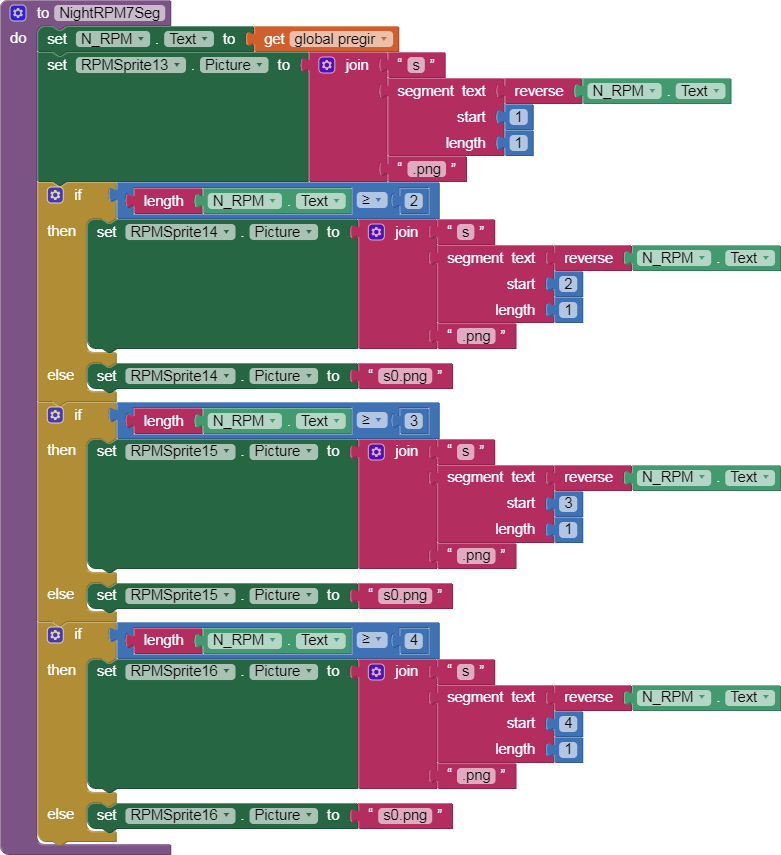

How do monotypes do it (or do those not exist)? Other commenter nailed the real technical hurdle.


Whereas in Chinese, when you learn a new character, you've learned a new character. Every time you learn one diacritic, you've doubled the number of letters you know how to write. Granted diacrtics and other markers do add one or two new bits, but adding permutations isn't the same as adding complexity. Chinese is dense in the sense that a whole 13 bits have to fit in the space of a single character. Even if I could find a system of on/off segments to represent them all, I would still have to use at least 13 segments, because it takes at least 13 bits to encode 5000 possibilities. There's something like 5000 Chinese characters overall. I'm looking at it from a pure information theoretic view. I think you may not have got what I meant by "dense". in one of several fixed positions relative to the character.that's exactly what a segmented display is good at. Representing a line, two lines, a dot, a circle. Although the scribal minim (palaeography) used at some points to write u, i, m, and n is every bit as confusing as any Arabic character.) (The Il1| are also famously confusable in some Latin fonts, but one could say having to worry about these comes late in the history of Latin script writing. By contrast, the most similar Latin characters might be EF / CG / IJ / MN / UV which I think are clearly more different than the Arabic characters that differ only by dot quantity and positioning. I wonder how Arabic ended up with characters that differ only by dot positioning (like ب ت ث, and also ن whose combining form is especially similar to the combining forms of those). (An absolute majority of the isolated forms of Arabic letters are made up only of curves, whereas an absolute majority of Latin capital letters are made up only of straight line segments!) If it weren't for the dots, I imagine you could write consonant-only Arabic on something close to a seven-segment display, although it would look bizarre because all the letters would be isolated and there would be so many more straight line segments than in normal Arabic script. Another challenge for representing Arabic a display made of line segments is all the curves.


 0 kommentar(er)
0 kommentar(er)
